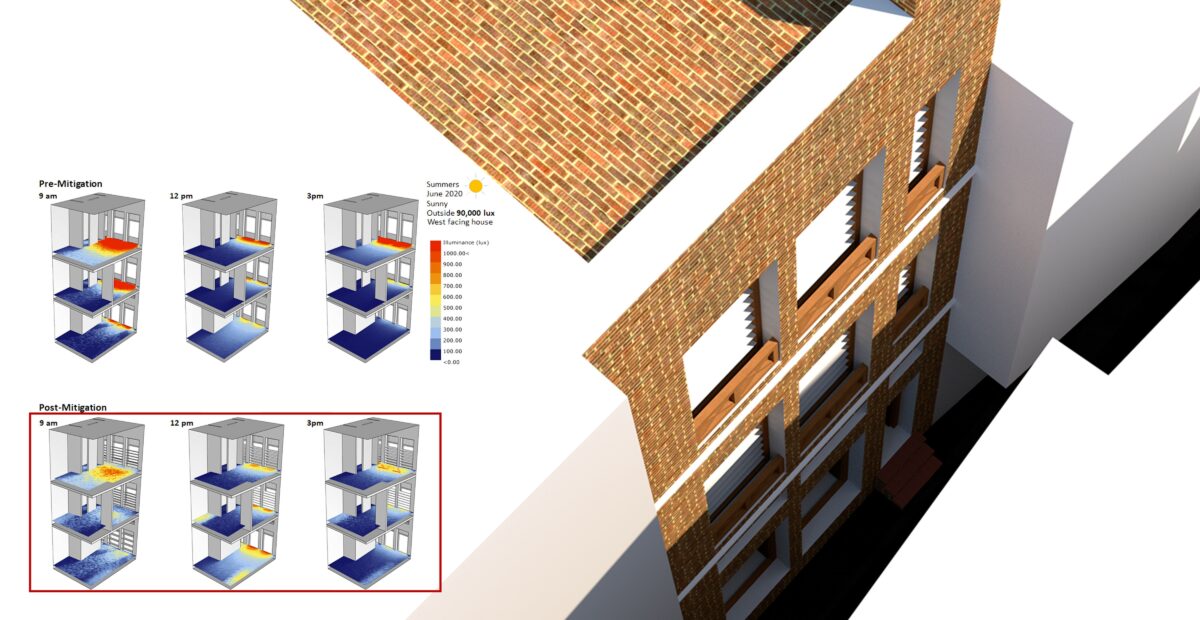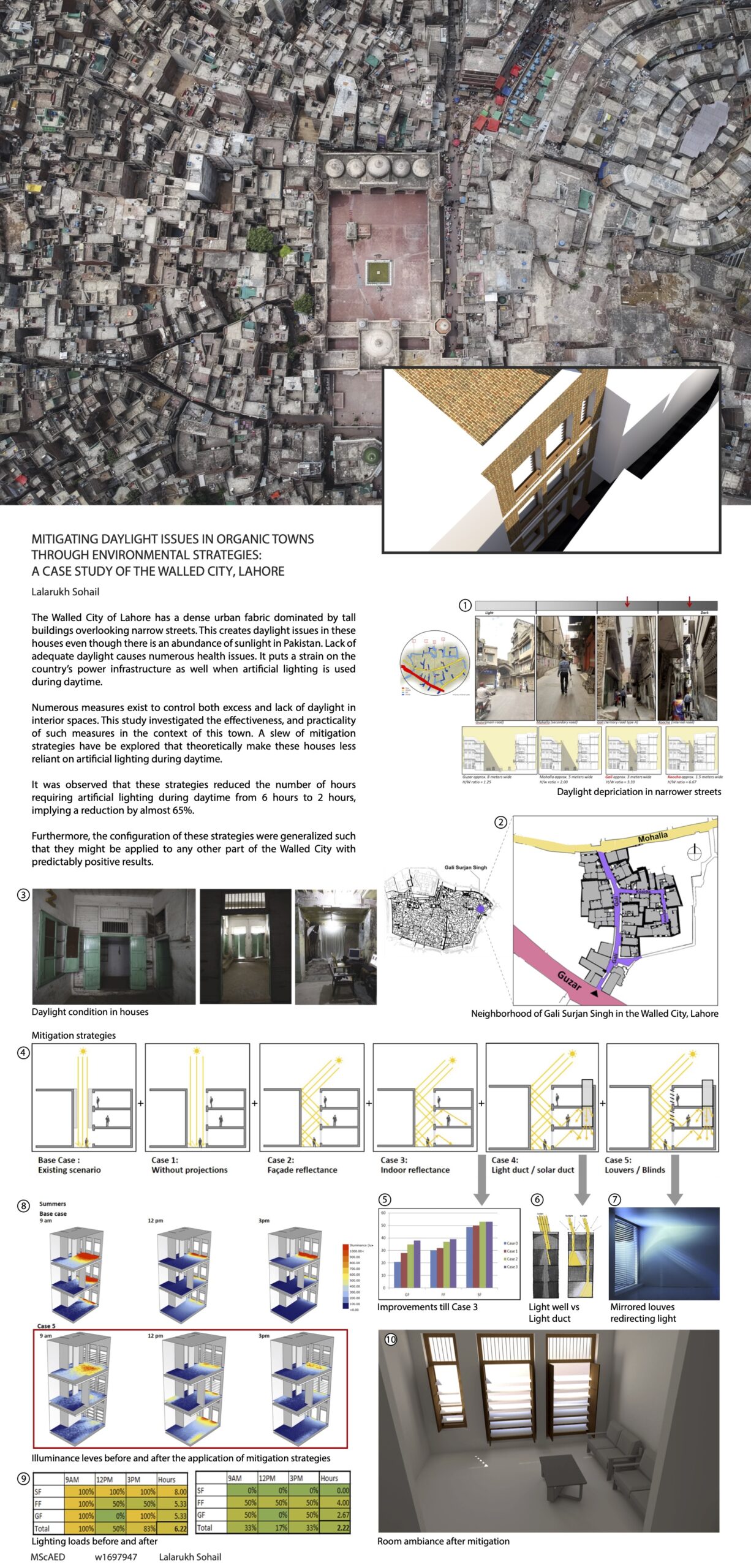Mitigating Daylight Issues in Organic Towns Through Environmental Strategies: A case study of the walled city, Lahore
Daylight is one of the best renewable resources that can be employed for illumination purposes, especially in hot climatic regions. The utilisation of daylight through efficient design and planning strategies can dramatically reduce energy consumption and the carbon footprint of a building. This, in turn, helps mitigate the anthropogenic factor responsible for global climate change.
Before the advent of electricity, natural daylight was the primary means of illumination in buildings. Urban designs of ancient towns were such that all zones, public (streets) and private (houses), received adequate daylight through intelligent integration of planning strategies.
The invention of electricity effectively relaxed this constraint, especially in hot climatic regions, where daylight is taken for granted. It is no longer an important criterion for building design, particularly in developing countries like Pakistan.
The Walled City of Lahore has evolved over time and has gone through extensive transformations in the built environment due to interventions and encroachments made over the years. In the selected neighbourhood of Gali Surjan Singh, this transformation in the built environment can be seen clearly. Until now, little study has been conducted to analyse the daylight performance of this area after transformation in its built fabric.
The study focuses solely on daylighting of the area, Gali Surjan Singh and analyses the current daylight performance of the selected neighbourhood. The study suggests measures taken to optimise daylighting in the neighbourhood.











